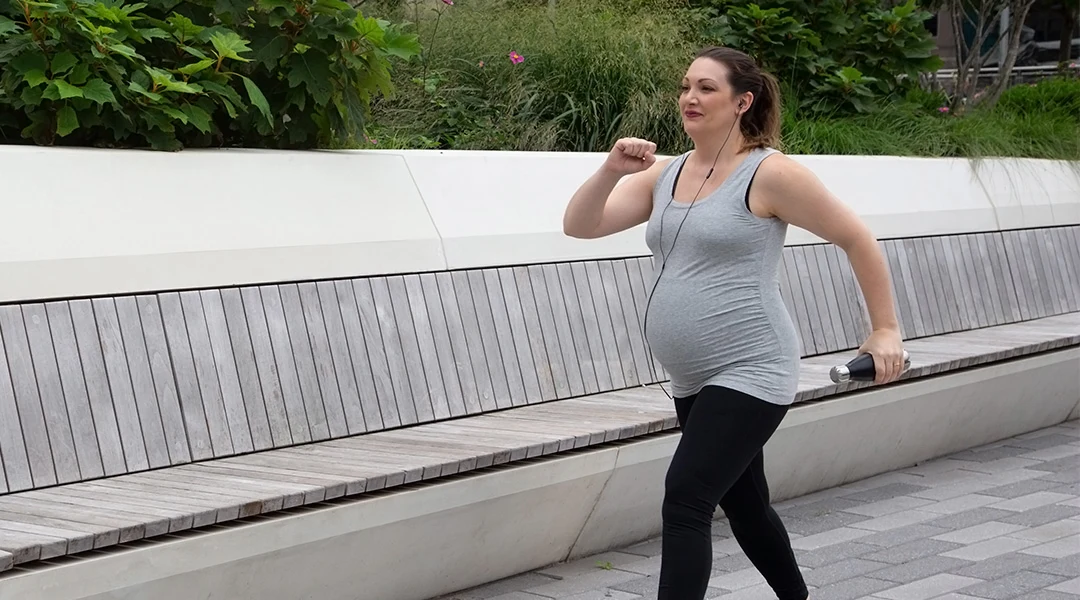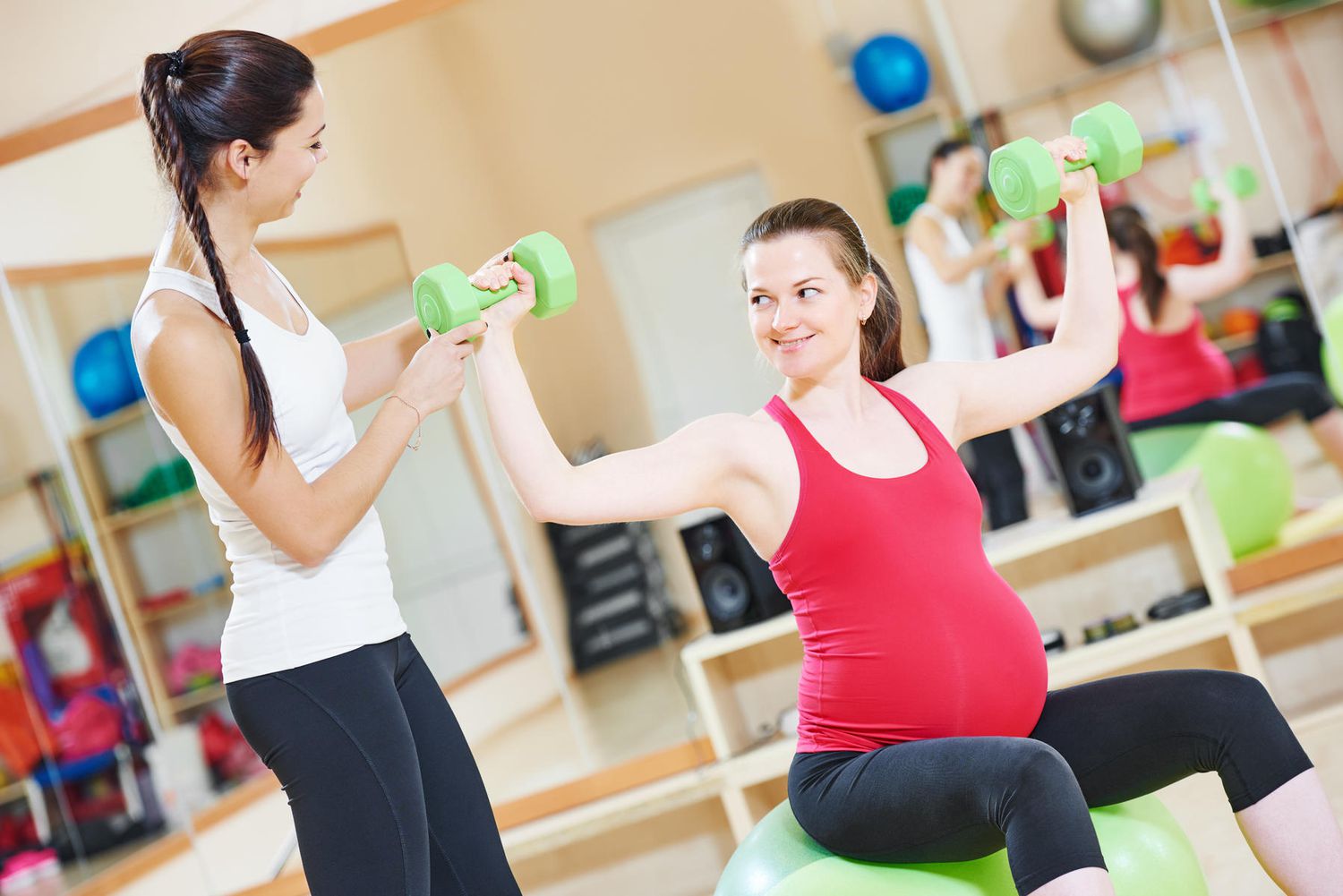Maintaining a regular exercise regimen during pregnancy is quite advantageous for women, and it is recommended that they do so. Your body will not only get stronger, which will make it easier for you to bear the weight of a developing kid, but it will also boost your stamina and endurance, which will be beneficial while you are giving birth. But many expectant mothers, determining which exercises to do and how often to perform them may sometimes seem like an overwhelming task. In other words, what exactly does a healthy exercise regimen for pregnant women look like? In order to provide you with a breakdown of the activities that you may do during all three trimesters of pregnancy, we collaborated with three trainers from Aaptiv, a fitness app that provides audio workouts that are guided by trainers and driven by music.
The Importance of Strengthening Muscles During Pregnancy
It's crucial to prepare your body for the many changes that occur throughout pregnancy. According to Aaptivtrainer Jaime McFaden, an ASM perinatal and PROnatal certified fitness instructor, the body undergoes more changes in 10 months than a man's lifetime. “Your body needs to be strong to endure all the changes and recover post-delivery.”
NASM-certified Aaptiv trainer Jade Alexis concurs, stating that pregnancy causes additional weight on the front of the body. Stronger people can handle 30 to 40 pounds more easily. Additionally, the endurance will aid a smooth delivery.”
Another good news? A few exercises should be avoided if you worked out before pregnancy, but most are fine. The whole torso region must be spacious—you're housing and generating room for this individual. Avoid lying, crunching, or twisting the belly, advises FRCMS and 500+ RYT-certified Aptiv trainer Nicole Sciacca. I would avoid any sport that requires that.
Pregnancy Workout Plan for First Trimester

Many of the exercises below are okay to continue through all three trimesters. However, be sure to always check in with your doctor, as every mom-to-be will have different individual needs and limitations, especially as pregnancy progresses.
Pelvic Floor Exercises
Bridges
During pregnancy, your pelvic floor is one of the most important muscles to strengthen. Bridges are a great way to work your glutes, lower back and pelvic floor in all one. You can do a Kegel at the top of the bridge to add in some extra pelvic floor strengthening.
- Grab a mat and lie on your back so your knees are bent and feet are flat on the floor.
- Lift your hips, forming a straight line from your knees to your shoulders.
- At the top of the bridge complete a Kegel by squeezing your pelvic floor muscles. Imagine you’re trying to hold in a full bladder. The muscles that you’re squeezing are your pelvic floor muscles.
- Slowly lower your hips back down to the mat.
- Repeat 10 times, for four to five sets or for as long as you feel comfortable.
Leg Exercises
Hamstrings Curls on a Stability Ball
Alexis recommends leg exercises for pregnant women to build strength in the lower body. To do this one, you’ll need a mat and a stability ball. But, before you attempt it, make sure you have the green light from your doctor. To do the exercise:
- Lie face up on a mat, with your heels and the bottom halves of your calves resting on the stability ball. Your arms should be alongside you, your palms facing down.
- From here, lift your hips off the mat, as you would for a bridge exercise. Your head and shoulders should still be on the mat. Take extra care not to strain your neck here. You want to keep your chin tucked into your chest.
- Bend your knees and roll the ball in towards you, lifting your hips up higher as you do this, so that your feet are resting flat on the ball.
- Extend your legs and roll the ball back so that you’re back in your bridge-like position.
- Keep rolling the ball backwards and forwards for 30 seconds. Repeat this for another two sets, or for as long as you feel comfortable.
Core Exercises
Beyond your abdominal muscles, your core consists of the muscles on your sides (obliques) and lower back (quadratus lumborum). Your core is much more than just your abdominal muscles. The muscles in the core have an effect on a variety of daily routines, including posture and the degree of difficulty in carrying groceries up a flight of stairs. Having a strong core, on the other hand, might assist reduce the intensity of any lower back discomfort that you could suffer throughout your pregnancy.
"A lot of the time, after a lot of deliveries, new mothers have pain in their lower back, and that's just because of the core," Alexis says. "This is just because of the core." When mothers go to remove their children from their cribs, they often do it without engaging their abdominal muscles. As a result, they put tension on their lower backs, which may cause discomfort that lasts for a considerable amount of time.

